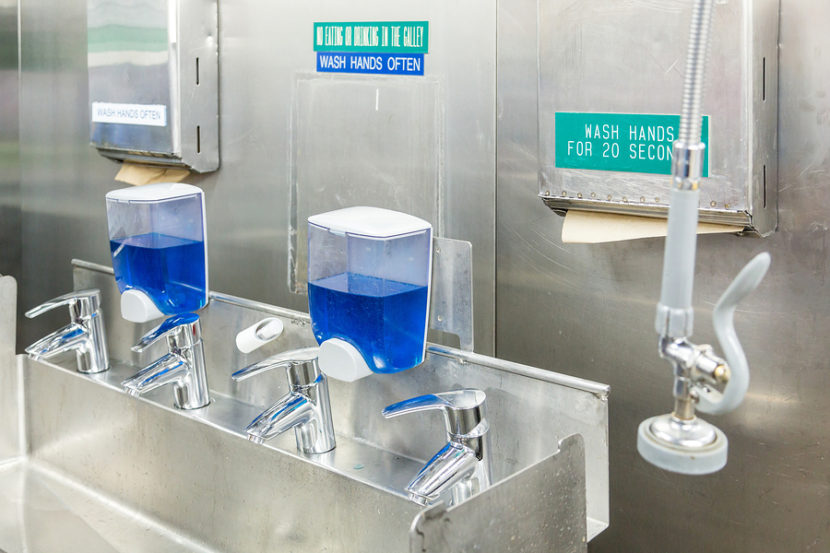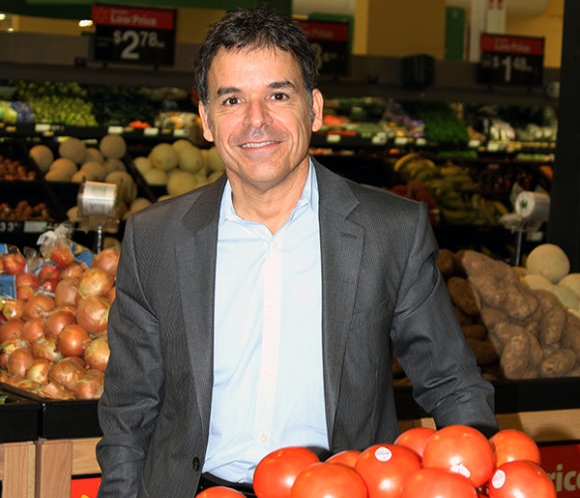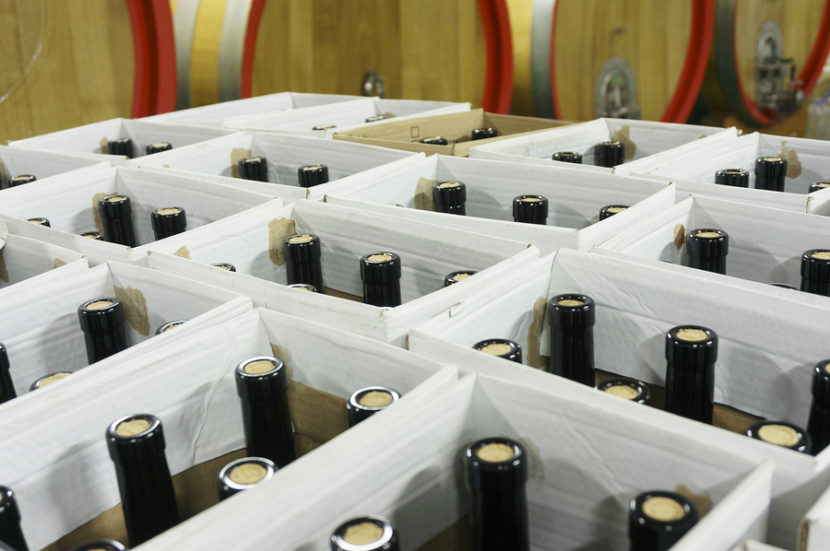Five Things Food Handlers Need To Know About Food Safety
By Margaret Spence Krewen
Did you know that bacteria may grow to dangerous levels in food without being detected by taste or smell? The U.S. Centers for Disease Control and Prevention estimates that foodborne illness affects one in six Americans annually. The good news is that risks can be prevented or reduced at every point between farm and fork.
No matter what sector of the food industry we work in, we must all do our part to protect our customers. Fortunately, there is a lot that can be done to keep food safe and here are five important suggestions:
- Training. As author Terry Pratchet says, “…a little knowledge is a dangerous thing, but it’s not one half so bad as a lot of ignorance.” When it comes to food safety, this saying rings true. While legislation requirements vary from one jurisdiction to another, it is the owner’s responsibility to provide all food handlers with both classroom, online and on-the-job food safety training.
- Food Allergies. Food allergies are a very serious topic and food handlers need to appreciate that food allergies appear to be on the rise. According to FARE (Food Allergy Research & Education) as many as 15 million Americans have food allergies. Unlike many microorganisms, food allergens cannot be cooked out of a food. People with allergies must totally avoid food that they are allergic to. Your customers depend on you keeping unwanted food allergens out of food.
- It’s easier to prevent a foodborne illness than respond to it. One way food handlers can help keep food safe is to practice good personal hygiene. Bathe or shower daily and change into your uniform at work. Employees must also prevent their jewelry, finger nails or hair from contaminating food. Stay home if you are sick. In Canada and the U.S., Norovirus is the leading cause of illness from contaminated food and water.Another essential personal hygiene best practice is to wash your hands regularly.“Contamination” is the term used when microorganisms, foreign objects or chemicals get into food. Microorganisms are in soil, water, produce and livestock. From farm to fork, foreign objects and chemicals can easily get into food, and food handlers must learn how to prevent food contamination. Best practices should include information about proper hygiene, storage, handling and preparation.
- Delay. Microorganisms grow best in “The Temperature Danger Zone (TDZ).” This is the “keep out zone.” Check your local jurisdiction for temperatures, as they vary slightly from country to country. The longer food remains in the TDZ, the more bacteria grow. Food handlers can delay the growth of microorganisms by keeping hot food hot and cold food cold. While refrigeration slows the growth of most bacteria, food handlers need to know that some bacteria, like listeria monocytogenes, thrive in cool temperatures. Freeze potentially hazardous food if you are not going to serve it within three days.
- Kill. Cooking: While proper cooking kills many microorganisms, food handlers need to know that some microorganisms are heat resistant.Sanitation : Food preparation areas and equipment must be kept clean and sanitized. Food handlers need to know how to properly clean and sanitize their work area. Sanitizing reduces the number of microorganisms to a safe level.Training should also include how to safely use chemicals and other cleaning products. This is called “Workplace Hazardous Materials Information System” training (WHMIS). In 2015 WHMIS was modified to align with the Globally Harmonized System of Classification and Labelling of Chemicals (GHS). Developed by the U.N., GHS helps standardize hazard communications around the world.Food handlers must be dedicated to following the steps to food safety. It only takes one “miss-step” to jeopardize food safety in your organization, and the implications are serious: It’s important to remember that food safety is everyone’s business!
About the Author
Margaret Spence Krewen is a Master Trainer for food safety training course materials at TrainCan. She specializes in Food Safety, Train the Trainer, Food Allergen training and Emergency Readiness.

-
 FeaturedRisk management
The Cost of a Breach: What a Cyberattack Could Mean for Food Safety Recalls
FeaturedRisk management
The Cost of a Breach: What a Cyberattack Could Mean for Food Safety Recalls
-
 FeaturedRisk management
Securing the Food Chain: How ISO/IEC 27001 Strengthens Cybersecurity
FeaturedRisk management
Securing the Food Chain: How ISO/IEC 27001 Strengthens Cybersecurity
-
 FeaturedRisk management
Revolutionizing Food Safety Training: Breaking Out of the “Check-the-Box” Mentality
FeaturedRisk management
Revolutionizing Food Safety Training: Breaking Out of the “Check-the-Box” Mentality
-
 GFSI Standards
GFSI 2025: Building Trust, Tech-Forward Solutions, and Global Unity in Food Safety
GFSI Standards
GFSI 2025: Building Trust, Tech-Forward Solutions, and Global Unity in Food Safety
-
 FeaturedFood Safety
Integrated Pest Management: Strategies to Protect Your Brand’s Reputation
FeaturedFood Safety
Integrated Pest Management: Strategies to Protect Your Brand’s Reputation
-
 FeaturedFood Safety Culture & Training
No Open Door Policy: Challenges That Impact Pest Control in Food Processing Plants
FeaturedFood Safety Culture & Training
No Open Door Policy: Challenges That Impact Pest Control in Food Processing Plants




